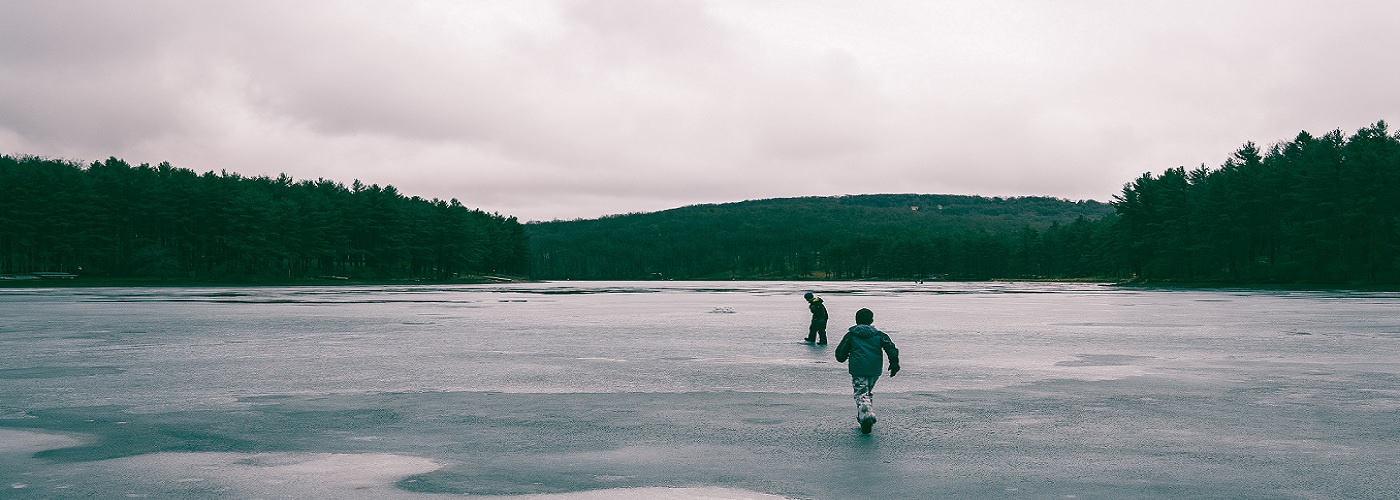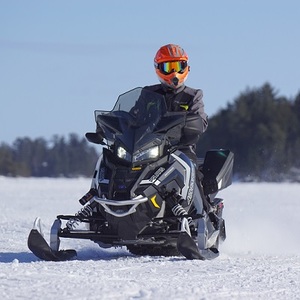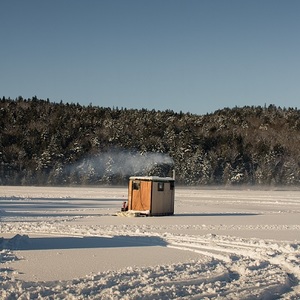

As cold air masses become more prominent during the later part of the fall season, lakes and rivers in the northern U.S. begin to freeze up. Eventually, the arctic air masses become more severe, resulting in thickening ice. This annual occurrence is highly anticipated by winter enthusiasts in northern climates. Ice fishing, ice skating, and snowmobiling are just a few of the pastimes that entice folks to venture out onto the ice. During especially cold winters, the ice can remain thick enough to partake in these activities for a few months. Before engaging in any of these activities, an understanding of how to estimate the strength of ice is of utmost importance.
There are a few things you can do to gauge the strength of ice before venturing far out onto a lake. First, observe the color of the ice. Ice that is clear and transparent is the strongest type of ice. On the other hand, ice that has a glossy or white appearance is much less stable. Clear ice is actually twice as strong as white ice. The most dangerous color of ice is an opaque, dark grey. This type of ice occurs when the ice is thawing and melting. If the ice takes on this color it is recommended that you stay off of it. After observing the color and quality of the ice, measure the thickness. An auger is the ideal tool to utilize when measuring ice thickness. Make sure to measure several different areas to get an average thickness. Then use the safety chart to the right to see how much weight it can support. If the ice is white in color, you will generally need the ice to be twice as thick on the provided safety chart.
Not surprisingly, the majority of ice-related deaths occur when snowmobiles, automobiles, or ATV's fall through the ice. In the state of Minnesota, over 60% of ice-related deaths since 1976 fall into this category. If driving a vehicle on a lake, there should be a foot or more of good ice. Lakes that can be driven on typically have plowed routes to follow, and one should never stray from these.
Due to the variance of ice quality and thickness over lakes, extreme caution must always be exercised. Snow cover on the ice makes it tougher for the ice to thicken due to snow's insulating properties. Because of all the factors that can affect the quality of ice, it's best to check the ice yourself and also talk to folks familiar with the lake before venturing out. Nearby bait shop and resort staff can be good resources. These folks will know if there is a section of the lake that should be avoided due to underwater currents or springs.
Engaging in winter recreation on the frozen northern lakes can be an enjoyable way to pass the long winter months. By taking the necessary precautions, the risks involved can be minimized. Since ice is never completely safe, it is good to be prepared if the worst case scenario happens. This video shows the basics of what to do if you fall through.
A helpful guide to the ice thicknesses needed for various activities can be found here.

